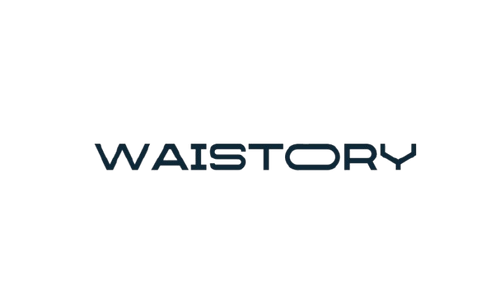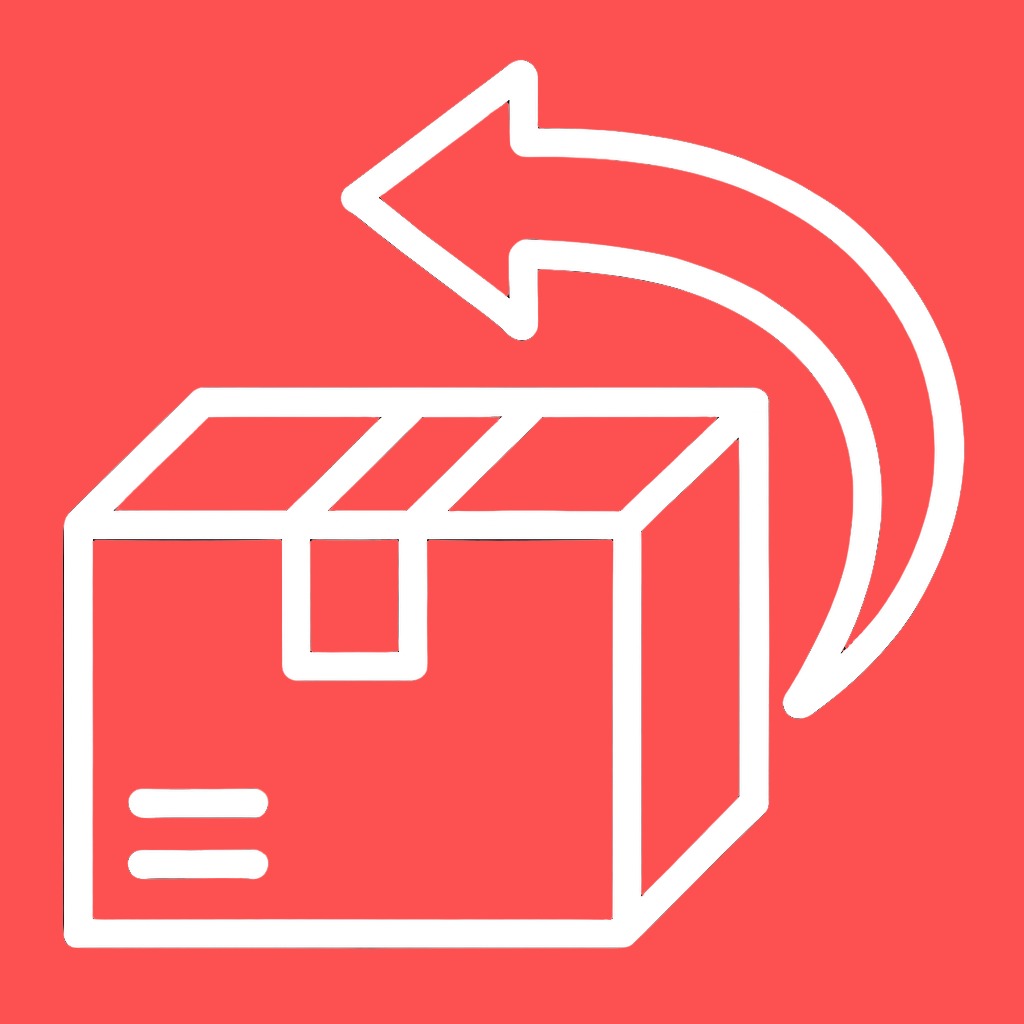Category: Postpartum Journey
Read Time: 7 minutes
Published: August 24, 2025
The Truth About Postpartum Body Recovery (That No One Talks About)
Six months after having my second baby, I caught my reflection in a store window and felt my heart sink. I still looked about four months pregnant. My clothes didn't fit right. My stomach felt soft and strange, like it belonged to someone else. I felt like a fraud walking around in public, like everyone could see that my body was somehow "wrong."
The worst part? I was ashamed of feeling this way. Wasn't I supposed to be grateful for what my body had done? Wasn't I supposed to embrace this "new normal"? Why couldn't I just accept that "your body created life" like everyone kept telling me?
If this sounds familiar, let me tell you what I wish someone had told me: Your feelings about your postpartum body are valid, and you're not alone.
The Silence Around Postpartum Reality
We live in a culture of postpartum amnesia. We talk about labor and delivery, but we whisper about recovery. We celebrate pregnancy bodies, but we shame postpartum ones. We applaud mothers who "bounce back," but we judge those who struggle to find their footing.
The result? Millions of women feeling isolated and ashamed during one of the most vulnerable times in their lives.
What They Don't Tell You About Postpartum Bodies
Your stomach might still look pregnant for months—or even years. This isn't because you're doing anything wrong. Your abdominal muscles have been stretched and separated (diastasis recti), your ribcage has expanded, your posture has changed, and your organs are literally shifting back into place.
Your skin might be loose, soft, and different. Growing a human requires your skin to stretch in ways it never has before. It's not going to snap back like a rubber band, no matter what the fitness influencers suggest.
Your body shape might be permanently different. Your ribcage might be wider, your hips might have shifted, your breasts might have changed. This isn't failure—it's proof of what you've accomplished.
You might not recognize yourself. The woman in the mirror might look like a stranger. This disconnection between who you were and who you are now is one of the most unsettling parts of postpartum life, and it's completely normal.
The Pressure to "Snap Back"
The "snapback" culture is one of the most harmful myths we perpetuate about postpartum recovery. It suggests that if you just try hard enough, eat clean enough, work out intensely enough, you can erase the evidence that you created life.
This myth is not only unrealistic—it's dangerous. It pushes women to exercise before they're healed, to restrict their nutrition when they need nourishment (especially if they're breastfeeding), and to judge their worth based on how quickly they can return to their pre-pregnancy appearance.
Your body doesn't need to "snap back." It needs to heal forward.
What Healing Actually Looks Like
Healing is not linear. Some days you'll feel strong and capable. Other days, you'll feel overwhelmed by how different everything feels. Both are part of the process.
Healing takes time. Your body spent nine months changing to grow your baby. It's going to take at least that long—often much longer—to adjust to being postpartum. Give yourself permission to take up space in this in-between time.
Healing requires support. Not just physical support (though you need that too), but emotional support. You need people who understand that your struggle with your body doesn't diminish your love for your baby.
What Actually Helped Me
Gentle compression. Not the kind that promised to "shrink my waist" or "burn fat," but the kind that provided gentle support while my core healed. It helped me feel more connected to my body and provided a sense of stability during a time when everything felt uncertain.
Realistic expectations. I stopped comparing my 6-month postpartum body to my pre-pregnancy body and started comparing it to my 6-week postpartum body. Progress became about feeling stronger, not looking smaller.
Professional support. I saw a pelvic floor physical therapist who helped me understand what was actually happening in my body. Knowledge replaced fear, and I learned exercises that actually supported my recovery instead of pushing through pain.
Community. I found other women who were honest about their postpartum experiences. We talked about the hard stuff—the grief for our old bodies, the frustration with recovery, the isolation of new motherhood. Feeling understood was healing in itself.
Permission to grieve. Someone told me it was okay to grieve my pre-baby body while still being grateful for my post-baby body. These feelings aren't contradictory—they're human.
Your Postpartum Body is Not a Problem to Solve
Your postpartum body is not a before photo waiting to become an after photo. It's not a problem that needs fixing or a project that needs completing. It's the body that grew your baby, birthed your baby, and is now caring for your baby.
It's okay to feel disconnected from it. It's okay to wish it felt more familiar. It's okay to want support and comfort during this transition. It's okay to take up space in your feelings while you figure out this new relationship with yourself.
Your worth as a mother—and as a woman—is not determined by how quickly or completely you "recover." You are not required to be grateful for every change or to find beauty in every stretch mark. You're allowed to be human.
A Different Kind of Recovery
What if instead of trying to recover your old body, you focused on discovering your new one? What if instead of judging it for what it can't do, you appreciated it for what it can? What if recovery meant learning to inhabit this new version of yourself with grace and patience?
Your postpartum body tells the story of your strength, your sacrifice, and your love. It deserves your compassion, not your criticism. It deserves support, not punishment. It deserves time, not pressure.
You are not broken. You are not behind. You are exactly where you need to be in your own unique healing journey.


